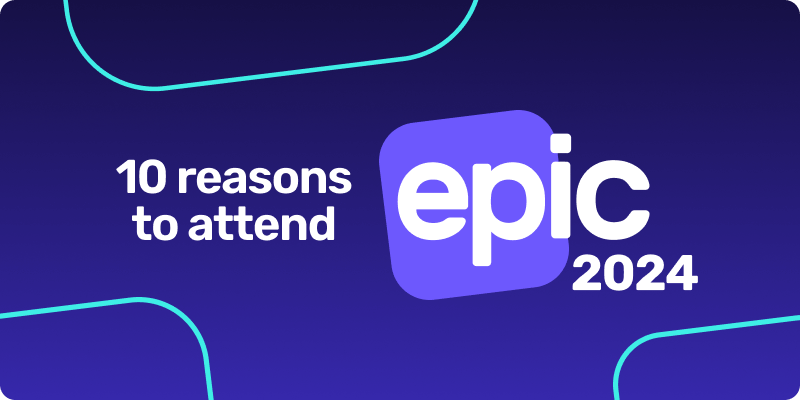SOLO Taxonomy & EP
“The SOLO taxonomy is a very simple support system for students to self-evaluate the depth and complexity of their learning outcome
In this video Jimmy explores the SOLO taxonomy, how it has been used to underpin a lot of existing EP content and how you can use it to support students in expanding their learning.




